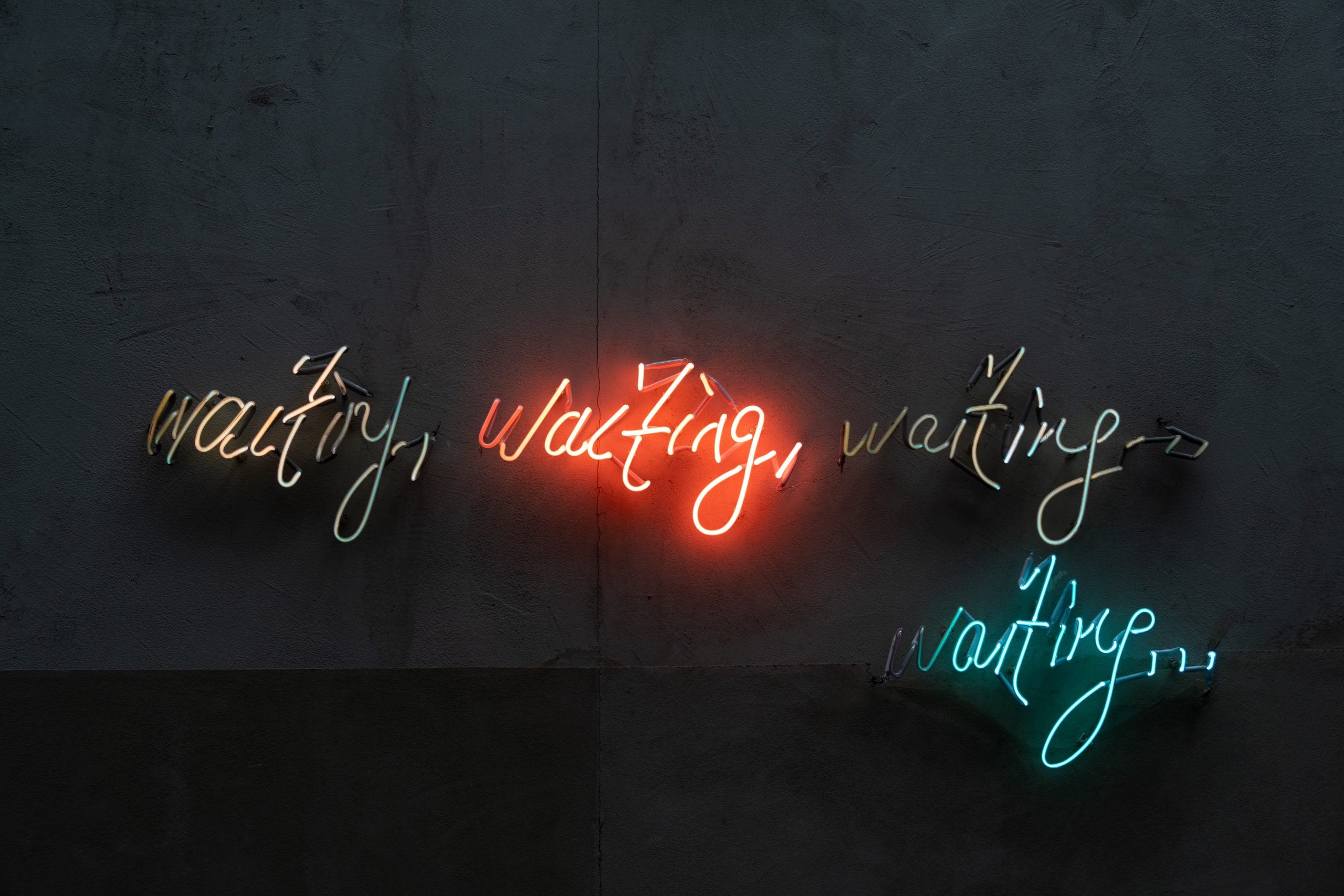Imagine this scenario – you’ve just joined a new team. They’ve been excitedly awaiting your arrival and can’t wait to get started working with you. There’s even a multi-page backlog of research projects. The only question… where do you start?
Sure, you could start with the most urgent ask. Or prioritize the backlog by value. You could start with a “low-hanging fruit” – an easy first project to demonstrate your value and get a quick win. But I’m going to suggest a completely different approach:
Do nothing.
When joining a new team, try to resist the urge to dive right into the work. Instead, start by listening. Take the time to get to know the team, their goals, challenges, and expectations. Then you can use this information to inform both what work you’ll do and how you’ll do it.
—
Back when I worked in Insights at Riot Games, I had the opportunity to play the role of “first mover”. Analysts and researchers in this role were the first to join parts of the organization that had never worked with our team before. It was our job to establish “first contact” — build relationships, set good expectations for how to work with us, and lay out an initial Insights roadmap. We were evaluated both on our ability to conduct high-quality, impactful work and our ability to make meaningful inroads as trusted partners for our new team.
I learned a lot during that time about what it takes to effectively join new and unfamiliar teams. How to quickly establish trust. How to repair broken relationships. How to identify the biggest questions to tackle first. How to adjust my workflow to match the team’s operating model.
The critical component behind all of these skills? Approaching with curiosity. I quickly learned that the best way to establish myself on a new team was to ask questions, listen, and digest before forming my own conclusions.
This is a lesson I’ve carried with me to every team I join. Whether joining a new company or embedding with a new team — I always start by scheduling a round of 1:1s with my teammates to get to know them and to arm myself with the information I need to successfully work with them.
After joining dozens of new teams, and conducting hundreds of these conversations, I’ve refined my 1:1 structure to focus on five key questions aimed at understanding my teammates’ experiences, priorities, and expectations:
5 Key Questions for Joining a New Team
- Past experience: What’s your past experience working with research?
- Goals: In your own words, what is this team trying to achieve?
- Challenges: What are the biggest challenges facing the team?
- Questions: What are your biggest unanswered questions about this space?
- Expectations: How can I help?
With each question — I’m trying to build a deeper understanding of my team, their context, and their needs. I use this information to shape my research strategy – including what work I’ll do and how I’ll engage with the team to do it. Then I share my findings with the team. This helps me show them that I really have been listening. It helps me paint a vivid picture of what they can expect from me. And it helps establish an open dialog about how we can best partner together on the work going forward:
Sharing Back Your Findings
- Here’s what we’re trying to achieve
- Here’s what’s standing in our way
- Here are the ways research can help
- Here’s how you can expect to work with me
Let’s dig in a bit more to each of these questions and the rationale behind them.
Past Experience
What’s your past experience working with research?
This question helps me quickly gauge the “temperature” of the relationship I’m heading into. Unfortunately, not everyone has had a positive experience with insights or research in the past. Maybe they’ve had data “weaponized” against them. Maybe they are used to working with research as a service model. Or maybe they’ve no past experience at all. This question allows me to build an understanding of their mental model for my discipline— so I know where I might need to push, pull, or fill in the gaps later.
Goals
In your own words, what is this team trying to achieve?
Conducting impactful research requires an understanding of the team’s goals. Usually, these goals are written down somewhere — as a mission statement, key objectives, or KPIs. But those documents are often missing key context. By asking my teammates to describe what they are trying to achieve directly — I can have a better sense of what success really means for them. It can also be a great way to spot misalignment. Sometimes I’ll find that team members are thinking about success in very different ways. Or that the team is aware that their “official” version of success is not aligned with what they are actually doing. This gives me an immediate opportunity to provide value by highlighting the misalignment and finding ways to resolve it.
Challenges
What are the biggest challenges facing the team?
This question helps me identify how I can best support the team, with or without research. It usually takes my teammates by surprise. “What do you mean by challenges? Research challenges?” No, I mean any challenges that they may be facing. From staffing shortages, to technology limitations, to organizational issues – I want to know what’s holding the team back from success. This helps me better focus my time on what matters and to be a team player. I’ve seen many researchers fail to build a relationship with their team because they were too distracted pushing for their own priorities to notice the team fighting a bigger, more existential issue. No one is going to care about your survey if the house is on fire.
Questions
What are your biggest unanswered questions about this space?
Once I’ve established the above context, I can open up the conversation to any questions they have. But I don’t limit it to “research questions”. I don’t want them to self-edit on what topics are in or out of bounds for my work. I find that my teammates typically have tons of questions they’ve been thinking about already. Asking about these questions not only helps me build a healthy backlog, it also gets my partners used to thinking in terms of “questions” rather than requests. And, even if research can’t answer the questions alone, it may help me spot opportunities to collaborate with other data and strategy functions — including data science, market research, or strategy operations.
Expectations
How can I help?
For my final question, I always leave with a call to action. How can I help? By laying out the prior questions, I’ve given my teammates an opportunity to reflect on their goals, challenges, and questions — the altitude I want them to focus on when thinking about how to engage with me. I’ve also given them an open invitation to let me know what they are expecting from me. This establishes an open dialog from the get-go… and gives me the chance to identify any places where our expectations might not match — where I may need to educate or even adjust my approach to better meet them where they are.
—-
It’s tempting to speed through initial 1:1s when joining a team and instead jump straight into the work. But good research requires an understanding of the context. You can’t have impact if you don’t understand a team’s goals. And teams don’t always know what research is capable of. Taking your time to really understand your team, build trust, and identify the biggest opportunities is a good way to set yourself up for longterm success.
Genevieve Conley Gambill is a pathfinder and strategist with over ten years of experience advising top tech companies on preparing for the future. Her blog, tiny-data.tech, is aimed at helping researchers deepen their strategic impact and future thinking. You can find more from Genevieve on LinkedIn and Twitter.
Photo by Towfiqu barbhuiya on Unsplash



